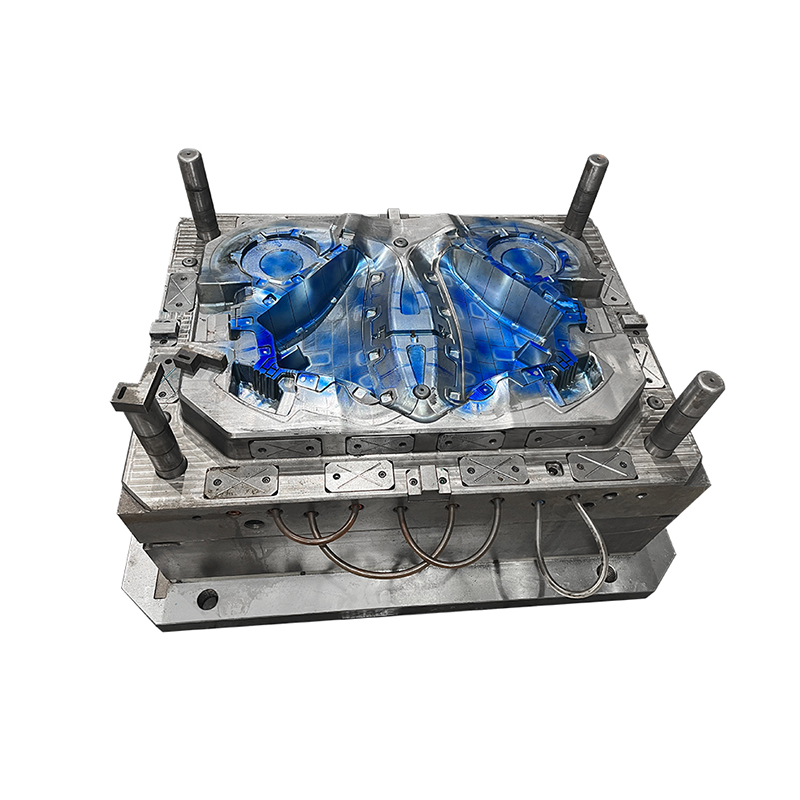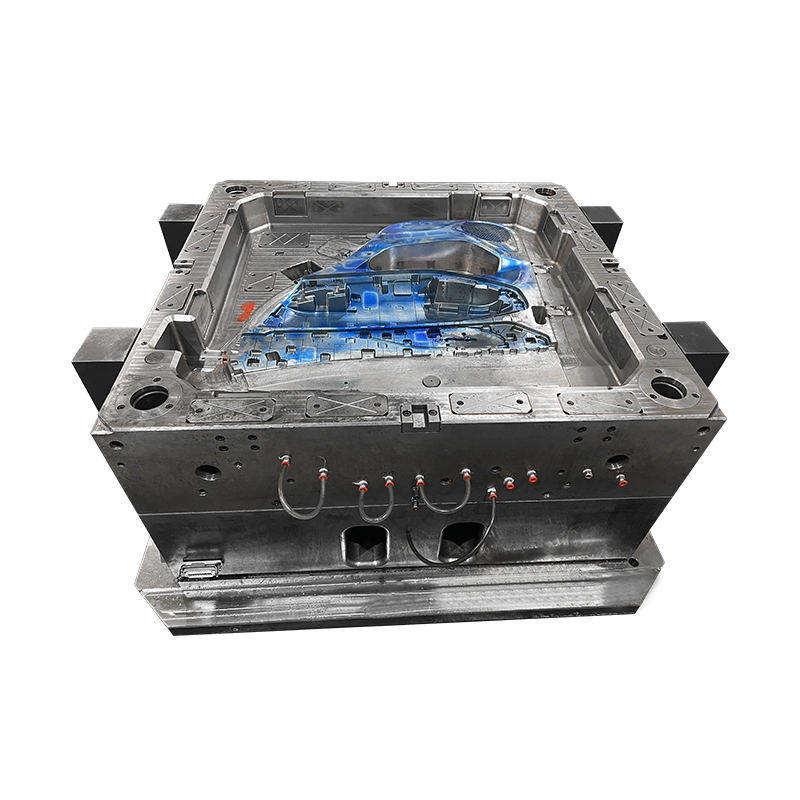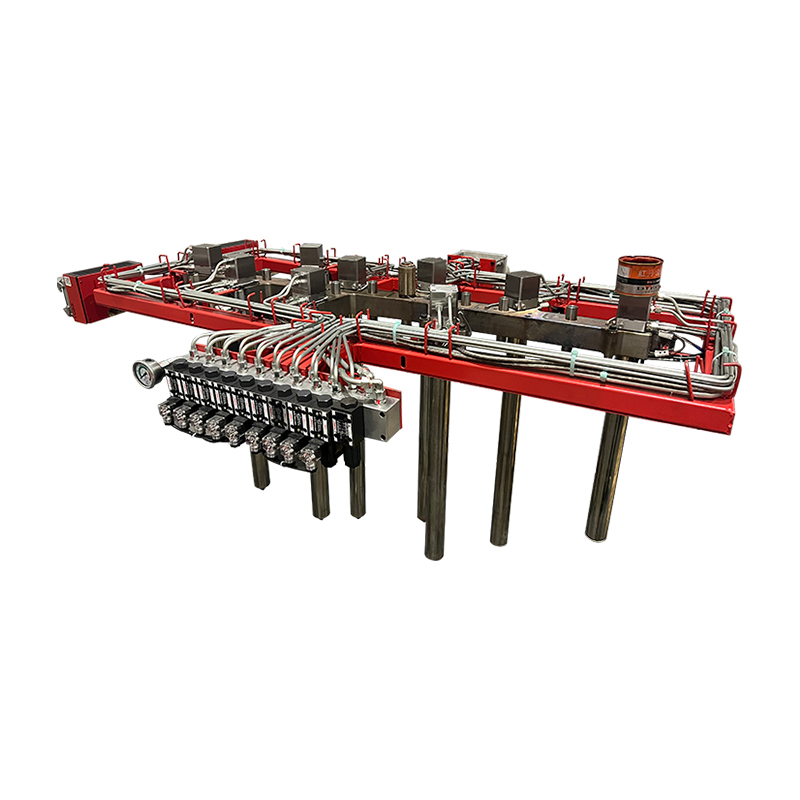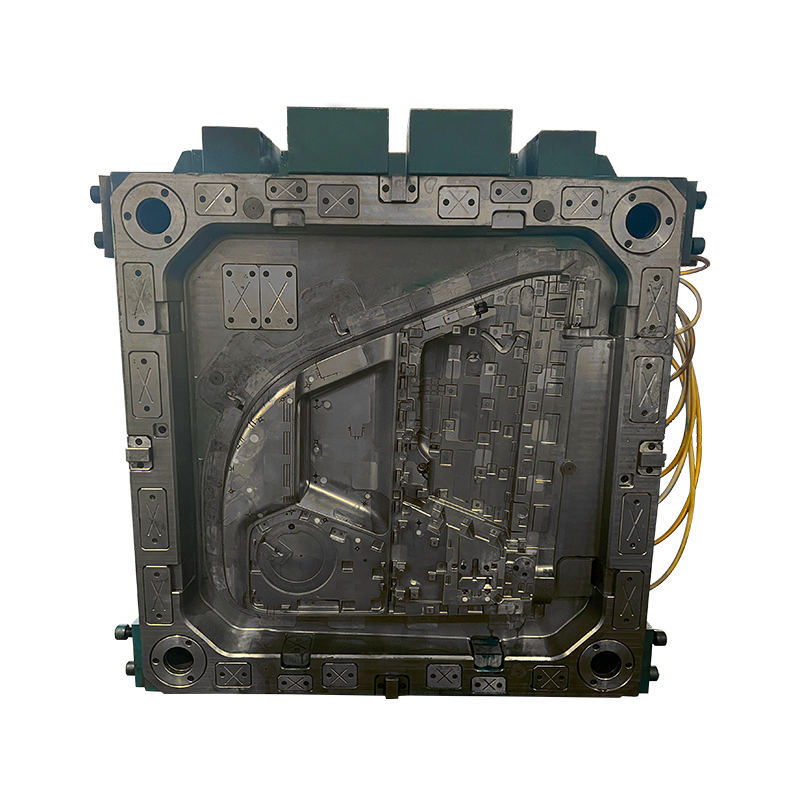To meet the growing demand for high-quality construction components, SMC molds are now commonly used to produce parts such as wall panels, roofing elements, cladding, and more. However, selecting the right SMC building parts mold can be a challenging task due to the wide variety of options available, each tailored to different applications and needs. This guide will walk you through the key factors to consider when selecting an SMC mold for building parts, ensuring that you choose the option for your construction project.
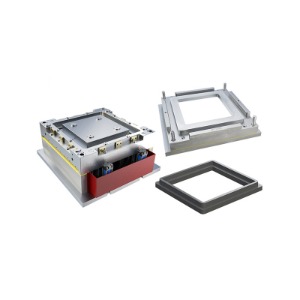
SMC is a durable, lightweight, and cost-effective composite material with a range of beneficial properties. Some of the key advantages of using SMC in building parts include:
Strength and Durability: SMC offers a high strength-to-weight ratio, making it ideal for load-bearing applications.
Corrosion Resistance: Unlike metals, SMC does not corrode, making it suitable for outdoor and high-moisture environments.
Design Flexibility: The material can be molded into complex shapes, allowing for the production of customized components.
Cost-Effectiveness: SMC is more affordable compared to other materials like metals or concrete, reducing overall construction costs.
Thermal Insulation: SMC has good thermal insulation properties, helping with energy efficiency in buildings.
Low Maintenance: Due to its resistance to wear and corrosion, SMC building parts require minimal maintenance.
Given these advantages, SMC molds are used in a wide range of applications in the building industry, from exterior cladding to interior panels and structural components.
When choosing an SMC mold for your building parts, there are several key factors to consider to ensure you select the right one for your specific needs. Below are the important aspects to keep in mind:
The complexity of the building part you intend to create is a crucial factor in selecting the right mold. SMC is highly versatile and can be used to produce a variety of designs, including both simple and complex shapes. However, some molds are better suited for intricate designs, while others may be more suited for simpler parts.
Simple Parts: For basic components such as flat panels or straightforward shapes, a less complex mold may suffice. These molds are easier to design and manufacture and typically come at a lower cost.
Complex Parts: If your building components require intricate designs, curves, or custom features, you'll need a mold that allows for greater flexibility. For example, SMC molds that incorporate advanced molding techniques like compression molding or vacuum-assisted molding are better suited for producing complex parts.
Another important consideration when selecting an SMC mold is ensuring compatibility with the material you intend to use. SMC molds are generally compatible with a wide range of composite materials, including both standard and customized formulations. However, you'll need to confirm that the specific type of SMC being used is suitable for the mold you are considering.
Glass Fiber Content: Higher glass fiber content in SMC formulations results in stronger, more rigid parts. Depending on the intended use (e.g., structural panels or decorative elements), you may want to select a mold that supports this type of composite.
Additives and Fillers: Some SMC formulations include additional additives such as UV stabilizers, flame retardants, or fillers. Ensure that your chosen mold can accommodate these specialized formulations if needed for specific applications like fire-resistant panels or UV-resistant cladding.
The material used to construct the mold itself plays a significant role in the quality and lifespan of the parts produced. Molds for SMC building components are typically made from high-strength materials such as tool steel, aluminum, or cast iron, each offering distinct benefits:
Tool Steel: Provides high durability and wear resistance, making it ideal for high-volume production runs and molds that need to withstand significant wear.
Aluminum: Offers lighter weight and better thermal conductivity, making it a suitable option for shorter production runs or prototyping. Aluminum molds also heat up and cool down faster, improving cycle times.



